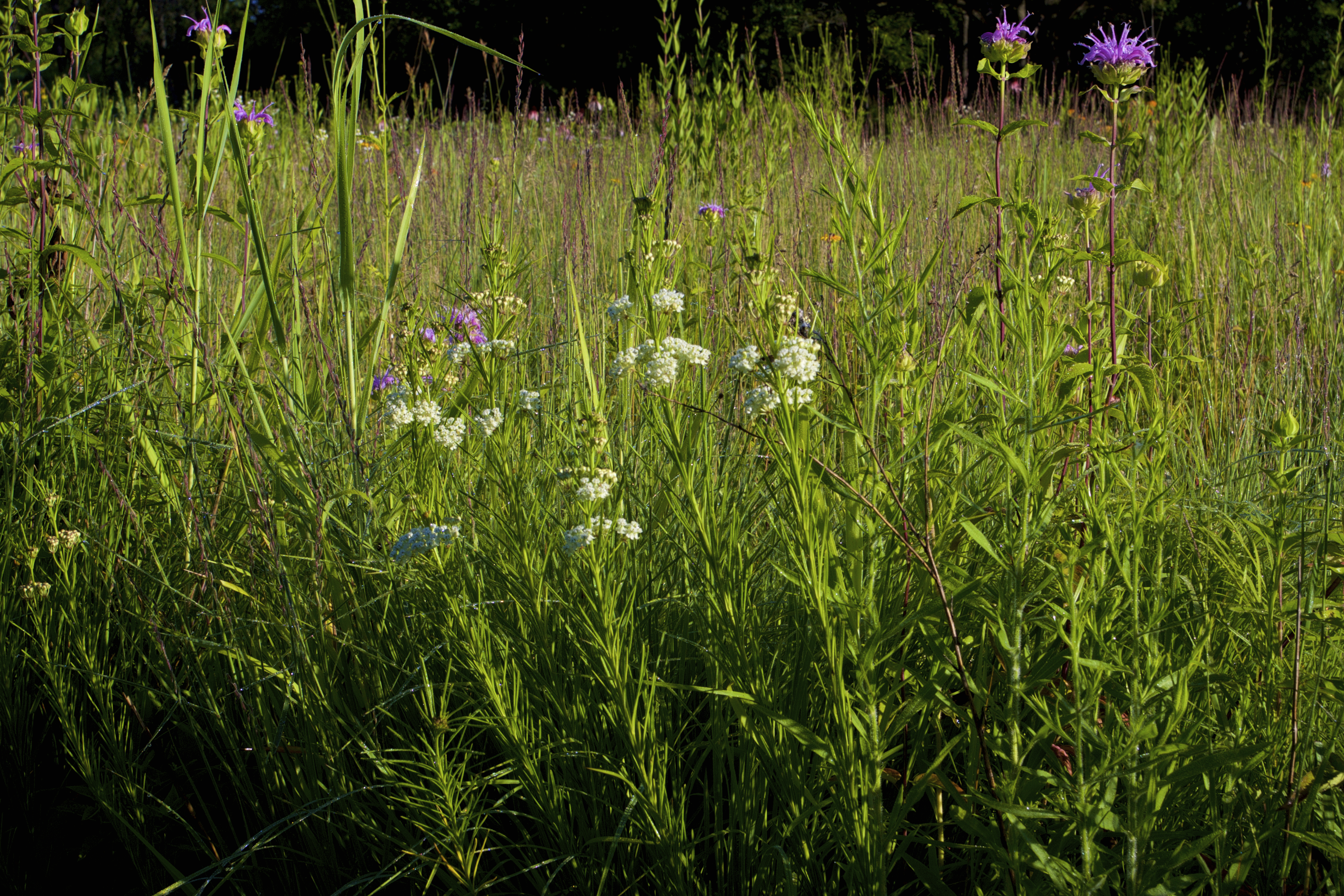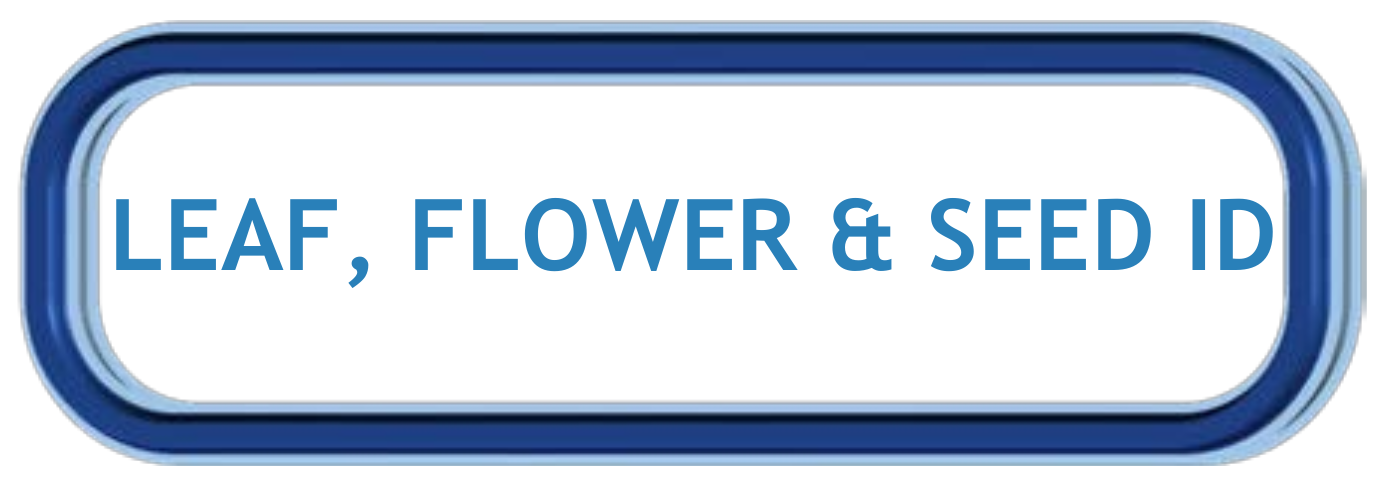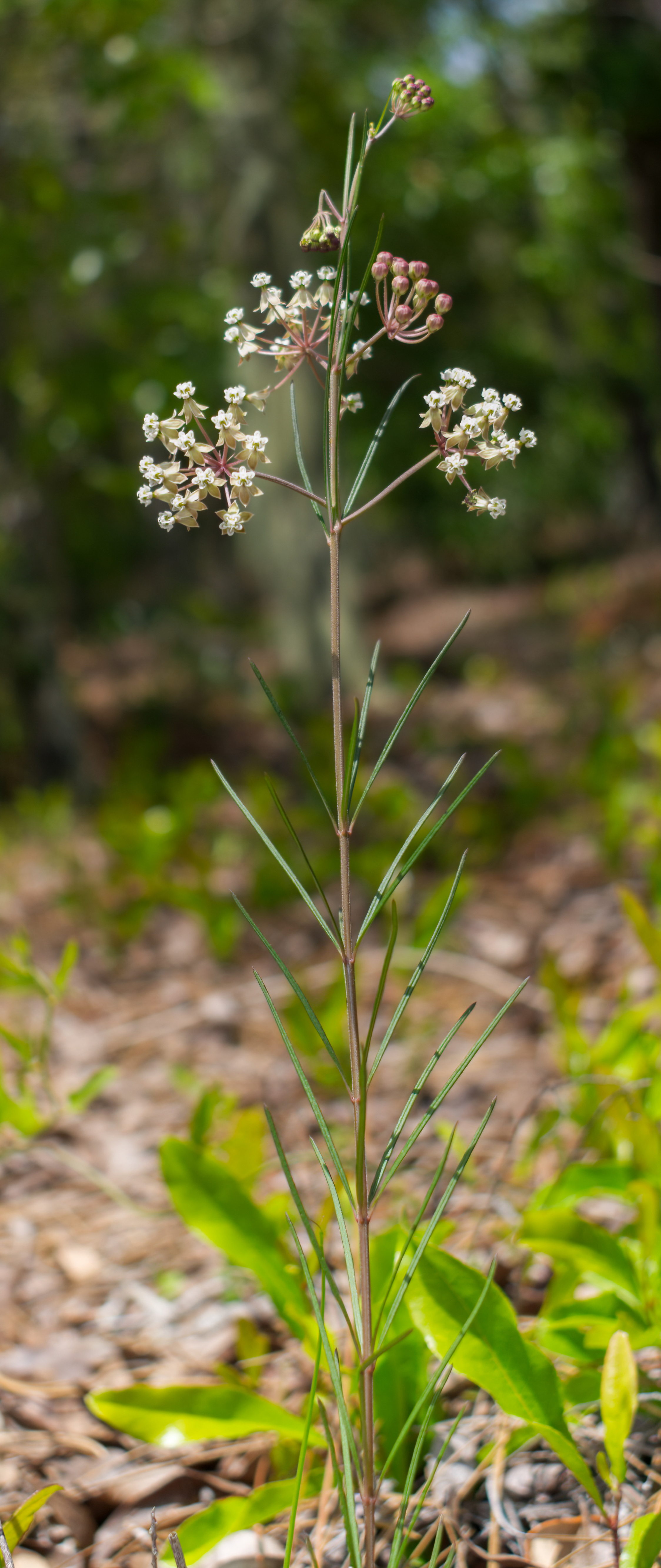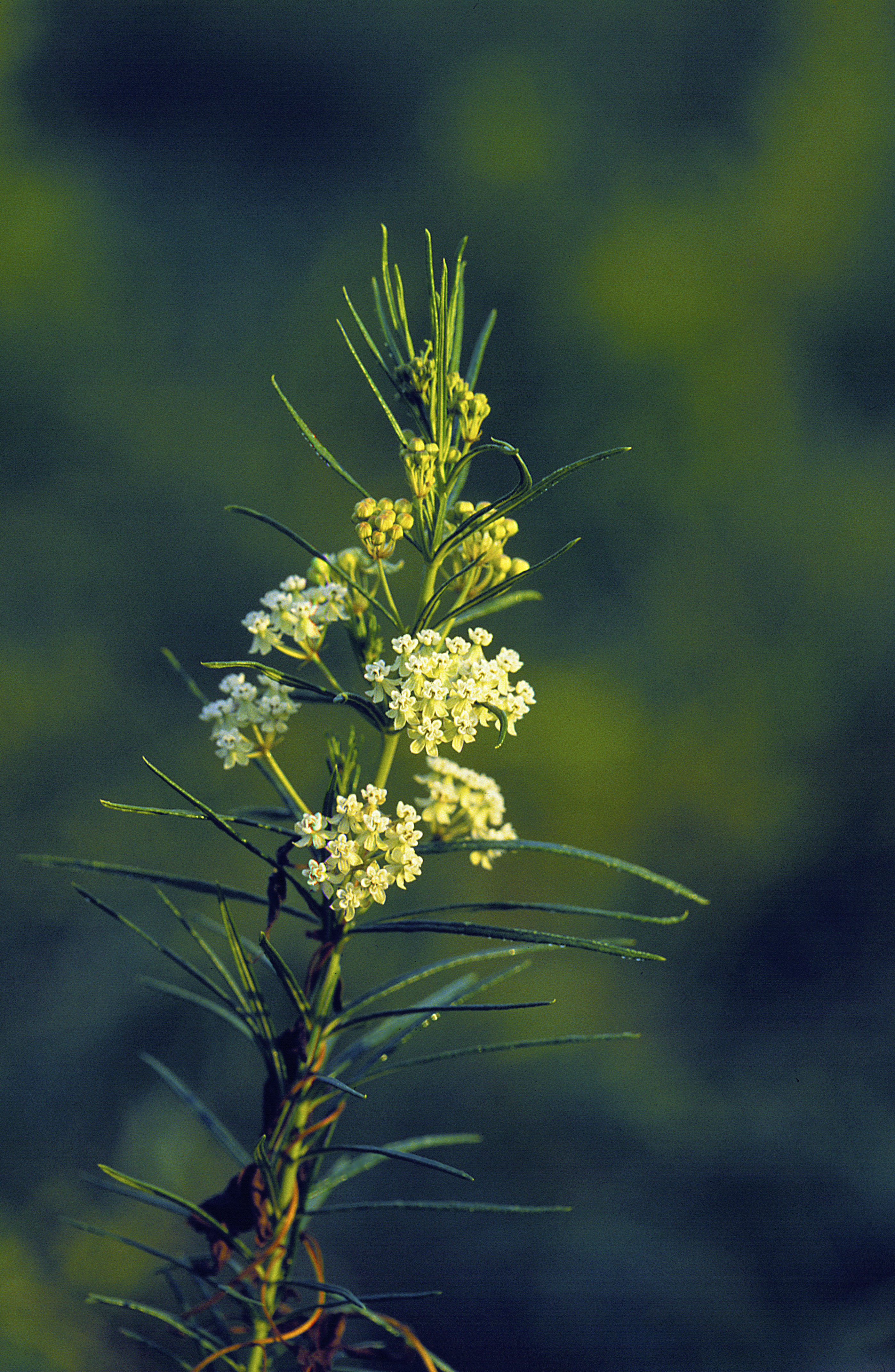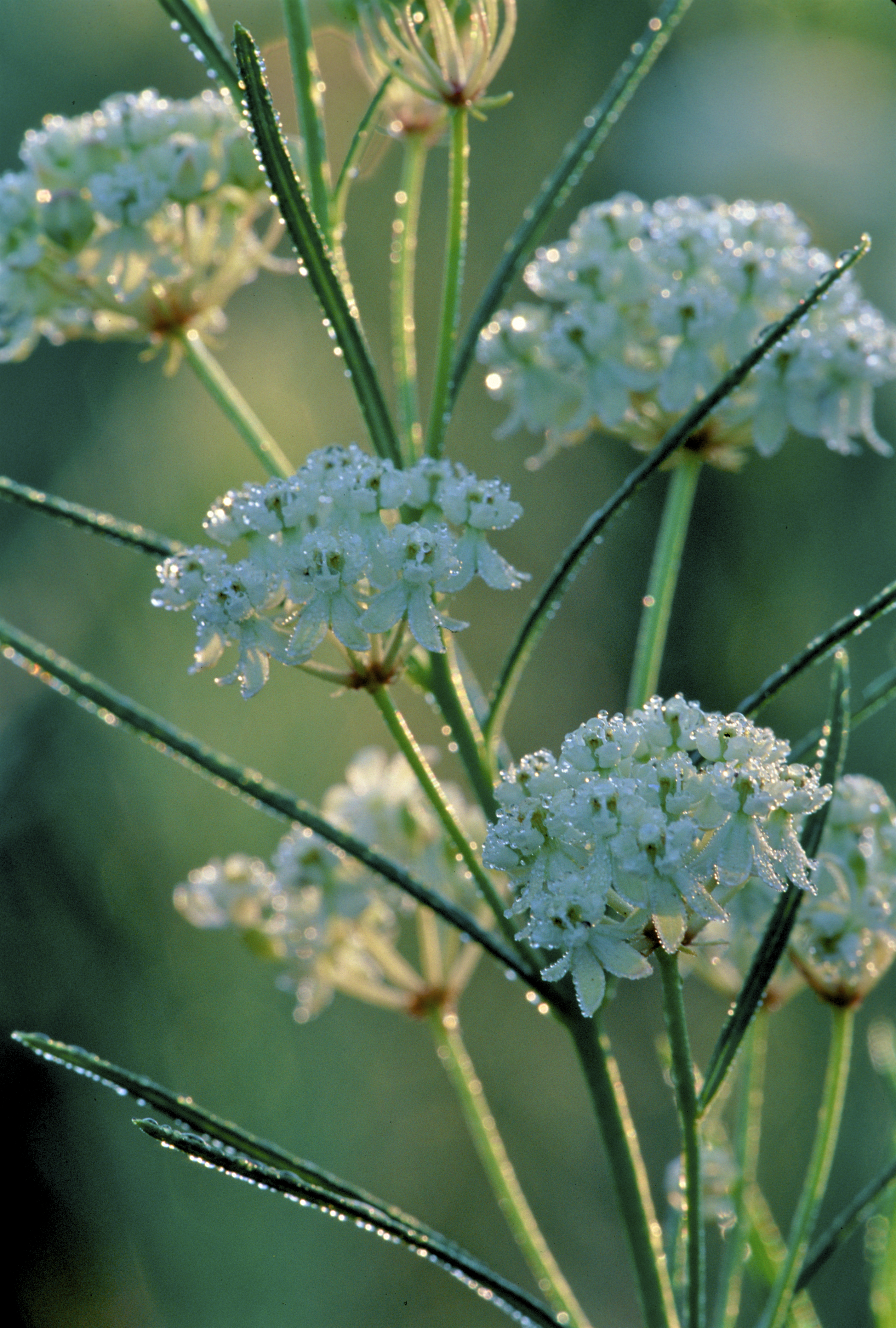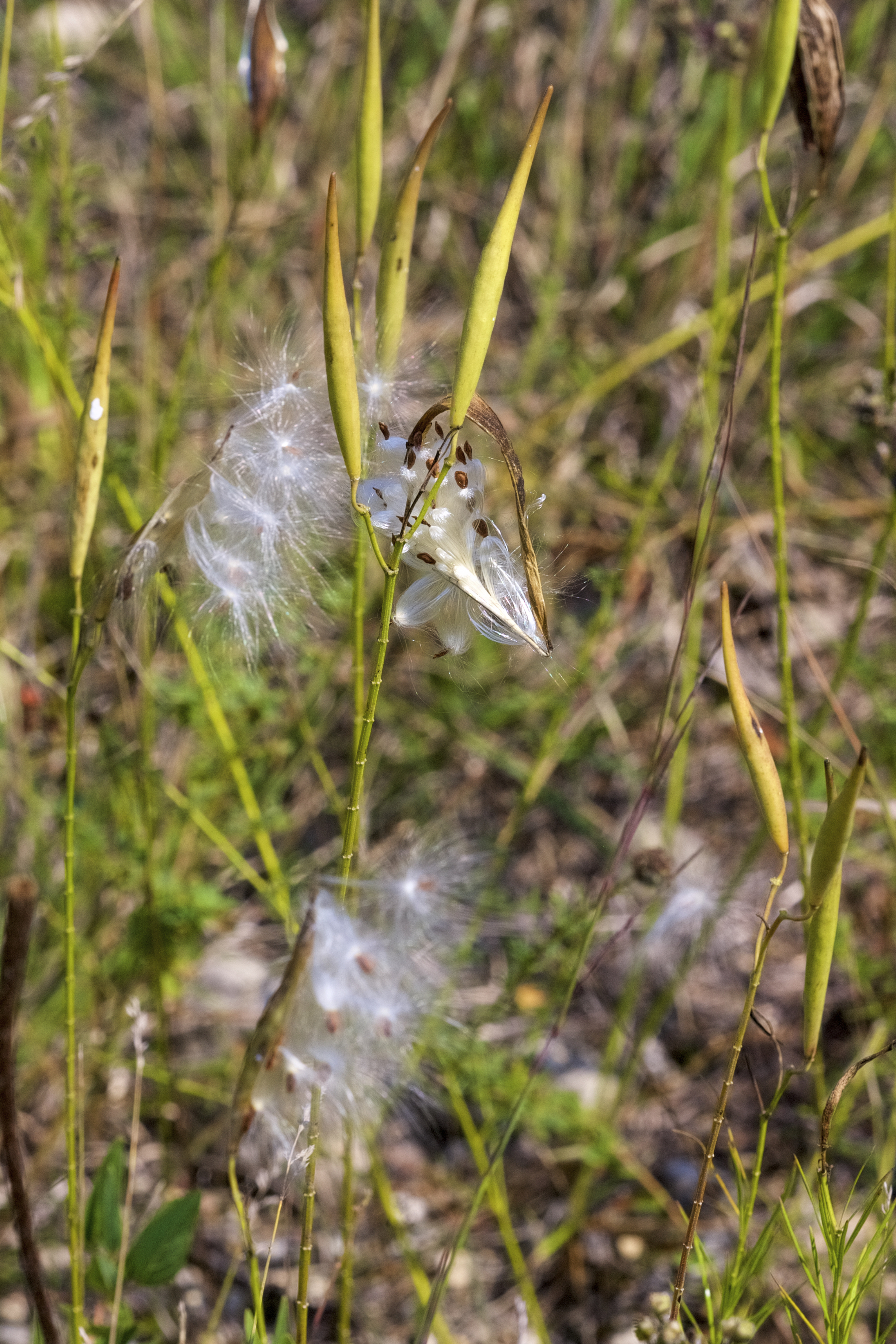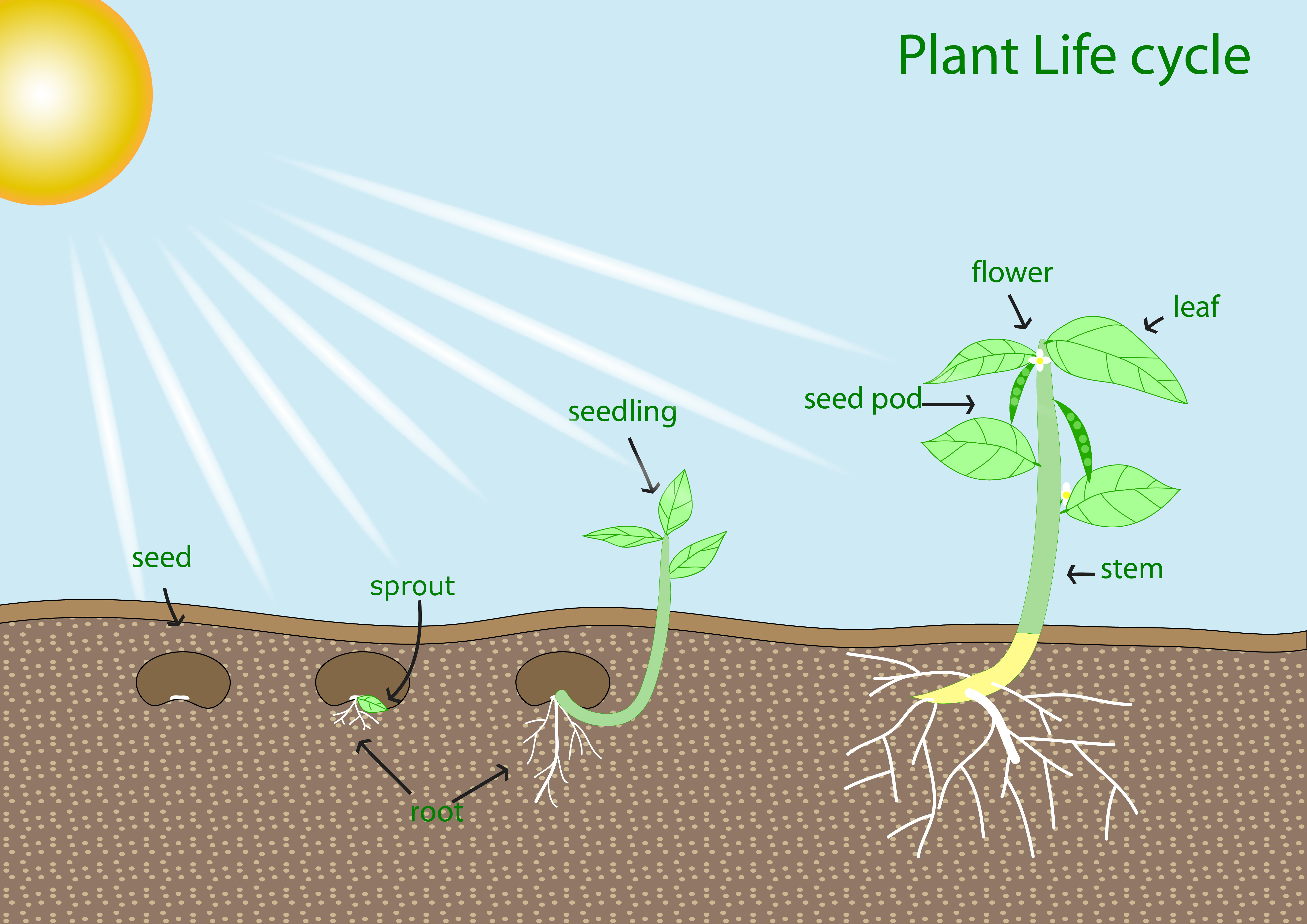Dig into Plants: Whorled Milkweed
Whorled Milkweed Other Common Names: Eastern Whorled Milkweed Scientific Name: Asclepias verticillata Native to Alabama: Yes Other common milkweed species: Common Milkweed, Swamp Milkweed, Butterfly Milkweed |
| Click on image to enlarge it |
| Learn more about... |
| Ecological Benefits |
| This plant provides food for: | |||
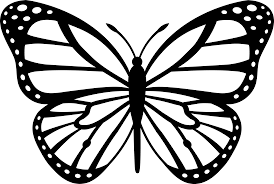 |
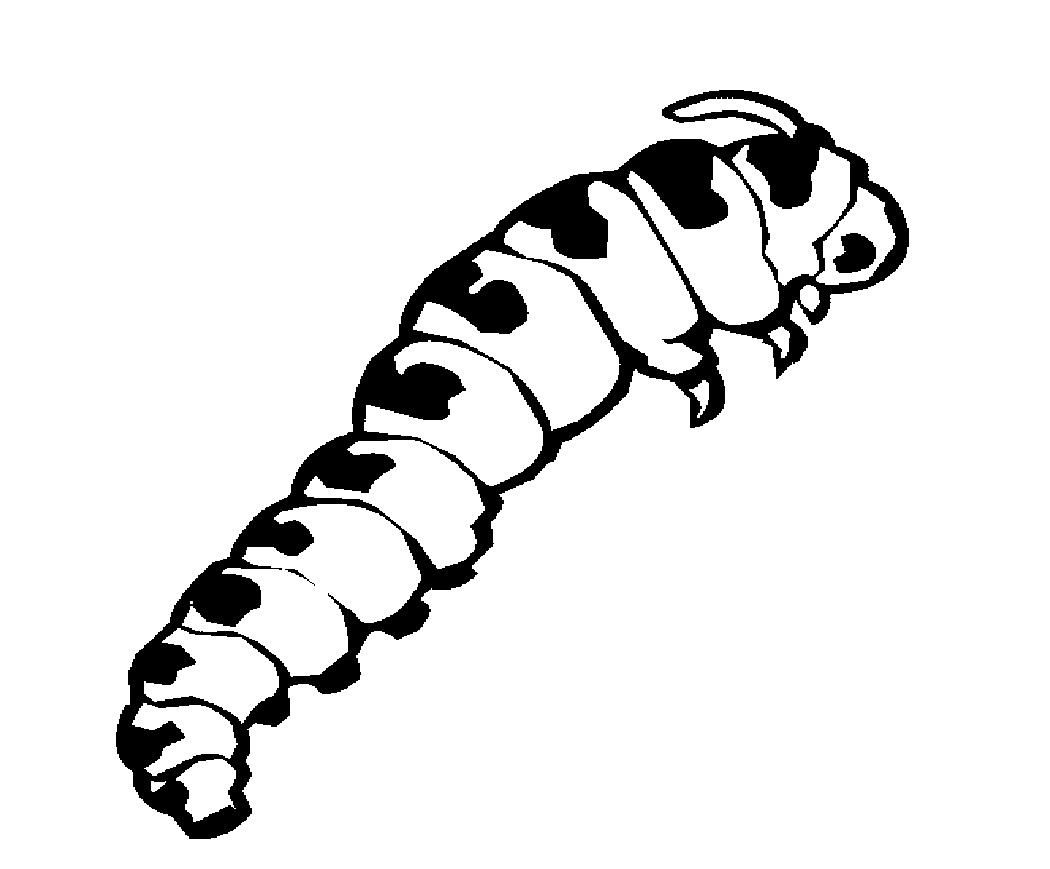 |
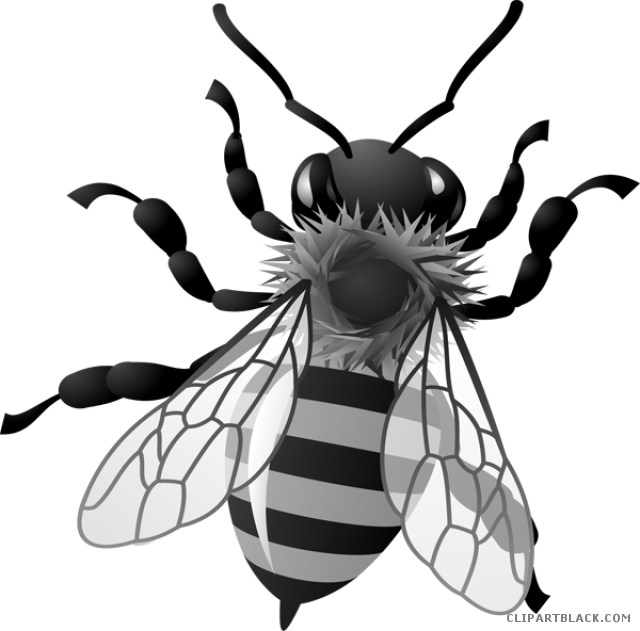 |
 |
| Butterflies | Caterpillars | Native Bees | Hummingbirds |
| Monarch | |||
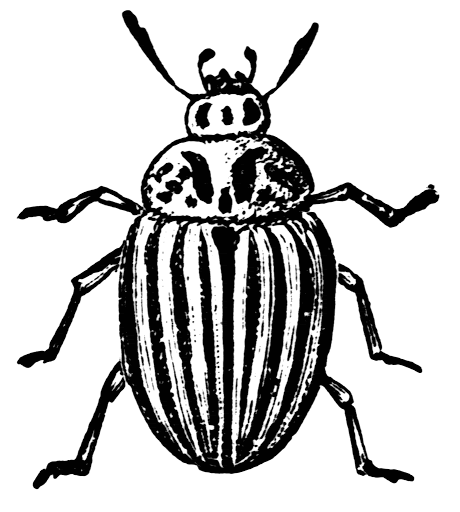 |
 |
||
| Other Pollinators | Other Birds | ||
| Other Plants Found in Alabama with Similar Ecological Benefits: |
|||||
| Swamp Milkweed (Asclepias incarnata) |
White Milkweed (Asclepias variegata) |
Green Milkweed (Asclepias viridis) |
|||
| Pinewoods Milkweed (Asclepias humistrata) |
Common Milkweed (Asclepias syriaca) |
Butterfly Milkweed (Asclepias tuberosa) |
|||
| Swamp Forest Milkweed/ Aquatic Milkweed (Asclepias perennis) |
Tropical/Scarlet Milkweed (Asclepias curassavica) |
||||
| Maintenance Notes | ||
|
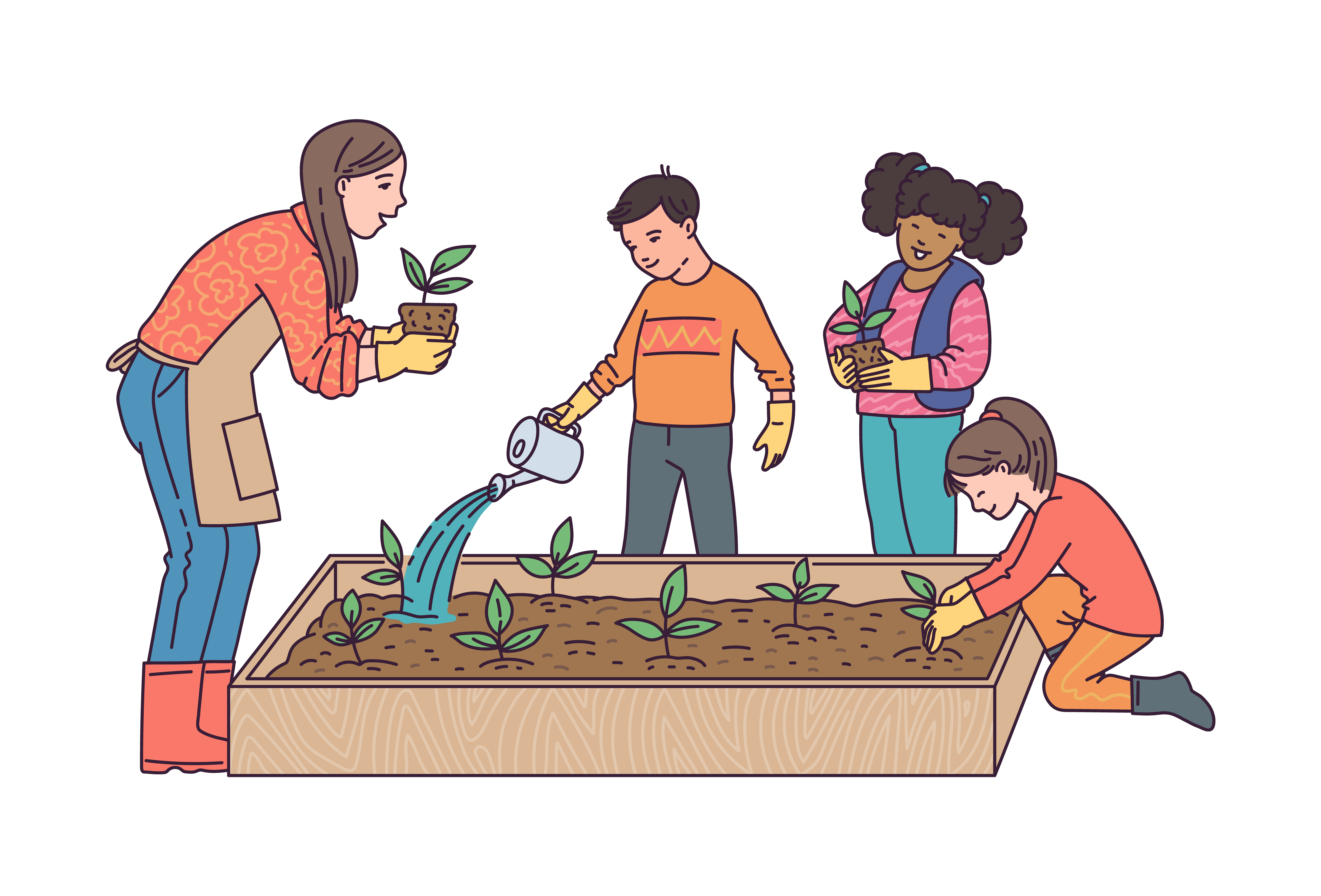 |
|
|
||
| Average watering: water two times per week during the summer and once per week during the rest of the year. | ||
| Habitat Requirements | |||
| This plant prefers: | |||
|
(6+ hours of sun per day) (2-6 hours of sun per day) |

Average Watering |
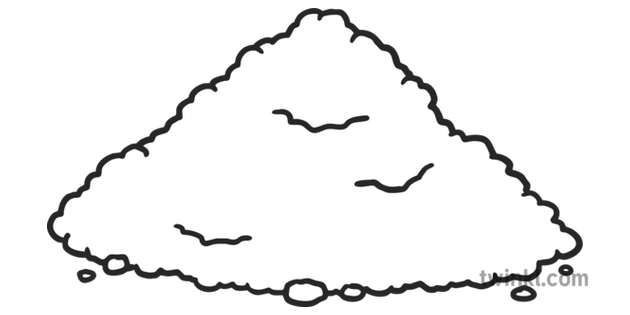 Well-drained, Sandy, Loamy, Clay, or Moist Soil Well-drained, Sandy, Loamy, Clay, or Moist Soil |
|
| Leaf, Flower & Seed Identification | ||||
| LEAF DESCRIPTION | ||||
| Leaf Characteristics Chart (JPG) | ||||
| Shape: Lanceolate |
Margin: Entire/Smooth |
Arrangement: Alternate |
Form: Simple |
|
|
|
|
|
|
|
| Description: | ||||
| Leaves are 2-3 inches long and narrow, arranged in whorls of 3-6 along stem; attached directly to the stem (sessile); underside is whitish-green with short hairs | ||||
| FLOWER DESCRIPTION | Click on image to enlarge it | |||||
| Flower Shapes Chart (JPG) | ||||||
| Color: Greenish-white |
Shape: Tubular |
|
Bloom Months: May - Sep |
|||
| Description: | ||||||
| Flowers are small (up to ¼ inch long), fragrant, and 5-petaled; found in umbrella-shaped clusters of about 7-20 flowers | ||||||
| SEED DESCRIPTION | |||
| Type: Fruit - Dry Seed Pod |
Description: Fruit is smooth, narrow seed pod about 3-4 inches long and 0.5 inches wide; pod splits open when mature releasing flat, oval, brown seeds with long tufts of white hair |
Months in Seed: Late Summer - Early Fall |
|
| Plant spreads by: | |||
| Seeds and Rhizomes/ Tubers/ Roots & Shoots Silky-haired seeds are dispersed by wind; underground rhizomes spread and create new clumps of plants |
|||
ADDITIONAL RESOURCES FOR TEACHERS
| Quick Fact Sheet (Condensed Species Info) |
Plant ID Sign: Ready as-is PDF |
Plant ID Sign: Editable Word Doc |
QR Code (Links to this Webpage) |
INFORMATION SOURCES FOR THIS PLANT
 |
|
|
|
|
|
|
 |
 Wildlife Tag
Wildlife Tag
